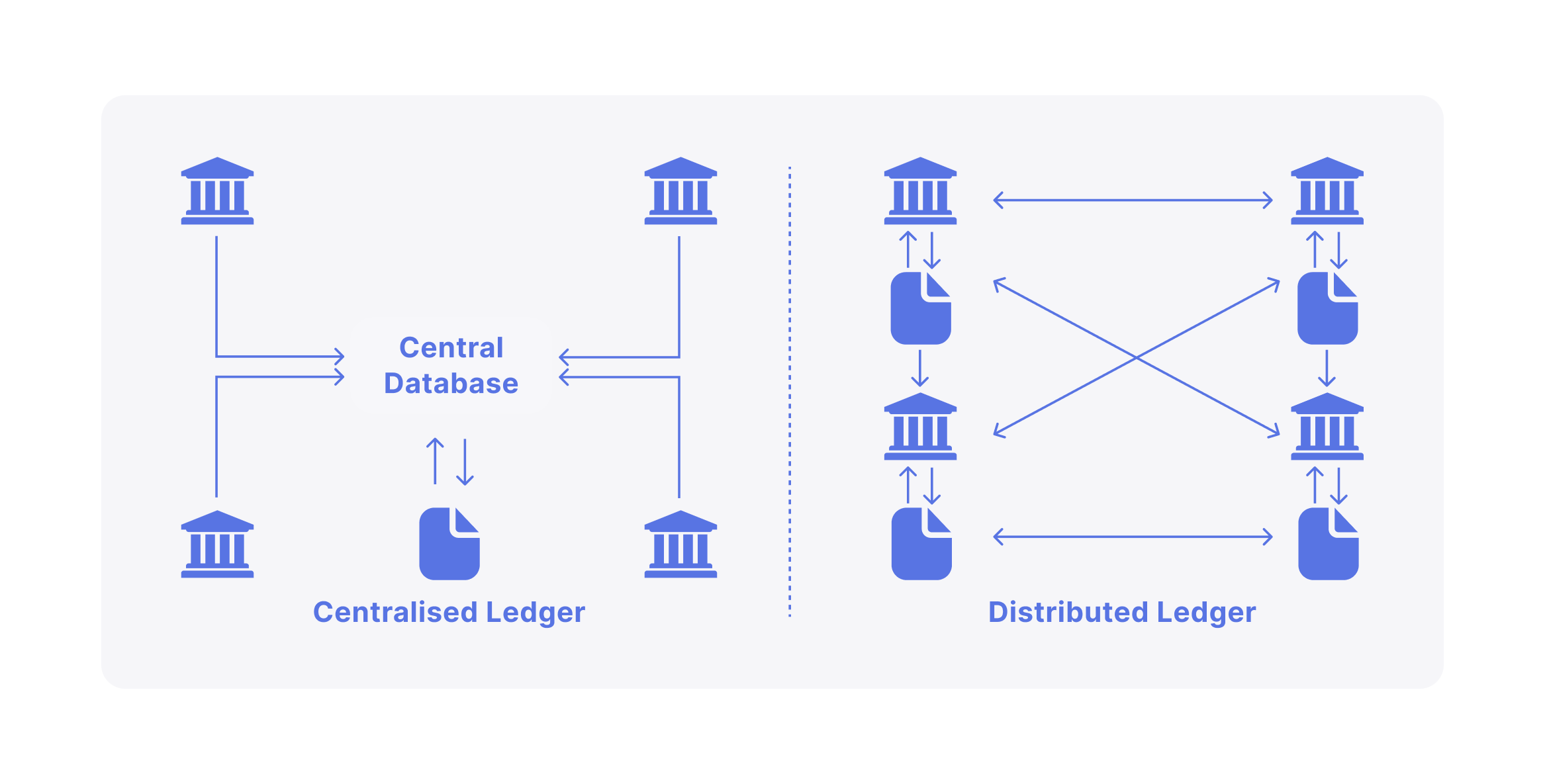Empowering Relationships: BVSM Marriage Services
Explore expert advice and support for successful marriages.
On-Chain Transaction Analysis: Unmasking the Blockchain's Secrets
Unlock the hidden insights of the blockchain! Discover how on-chain transaction analysis reveals the secrets behind your favorite cryptocurrencies.
Understanding On-Chain Analysis: Techniques to Interpret Blockchain Data
On-chain analysis is a vital tool for understanding blockchain data, unlocking insights that can influence investment strategies and market predictions. By examining data recorded directly on the blockchain, analysts can track the movement of assets, identify trends, and monitor network activity. Key techniques for effective on-chain analysis include transaction volume analysis, which assesses the number of transactions over a specified time frame, and address activity analysis, which examines user behavior by scrutinizing the activity of wallet addresses. These techniques empower users to gauge market sentiment and make informed decisions based on actual blockchain movements.
Another prominent aspect of on-chain analysis is the examination of market cycles. Analysts often employ metrics such as Network Value to Transactions Ratio (NVT), which helps determine whether a cryptocurrency's price is overvalued or undervalued relative to its transaction volume. By identifying patterns in historical data, investors can better anticipate market shifts and adjust their strategies accordingly. Additionally, understanding whale activity, or tracking the transactions of large holders, can provide critical insight into potential price movements, given that significant movements by these players can lead to increased volatility.

Counter-Strike is a highly popular first-person shooter game that has captivated players around the world. It features tactical gameplay where teams, typically terrorists and counter-terrorists, compete in various objective-based scenarios. For those looking to enhance their gaming experience, they can check out the bc.game promo code for exciting bonuses and rewards.
The Importance of Blockchain Transparency: How On-Chain Transactions Reveal Insights
The importance of blockchain transparency cannot be overstated, as it serves as the backbone of trust in decentralized systems. By ensuring that every transaction is recorded on-chain, users can easily verify transfers of assets, thereby minimizing the risk of fraud and corruption. This transparency facilitates an open environment where all participants have access to the same data, allowing for enhanced accountability and a clearer understanding of market dynamics. Moreover, on-chain transactions can reveal valuable insights into user behavior and network performance, which can be leveraged to optimize business strategies and improve user experiences.
Additionally, the transparency of blockchain technology plays a crucial role in regulatory compliance. As businesses and governments increasingly adopt blockchain solutions, the ability to audit transactions seamlessly helps to ensure adherence to legal and financial regulations. This attribute is particularly beneficial in industries such as finance, supply chain, and healthcare, where tracking and tracing transactions is essential. By harnessing the power of on-chain data, organizations can not only bolster their credibility but also uncover trends and patterns that lead to informed decision-making, ultimately resulting in improved operational efficiency.
What Can On-Chain Transaction Data Tell Us About Market Trends and User Behavior?
On-chain transaction data provides a wealth of information that can significantly enhance our understanding of market trends and user behavior. By analyzing transaction volumes, wallet addresses, and transfer frequencies, we can identify patterns that indicate the overall sentiment in the market. For instance, a sudden spike in transaction activity often coincides with major price movements, suggesting that traders and investors are reacting to news or other influential factors. Furthermore, tracking the flow of tokens across different wallets can shed light on the accumulation or distribution behavior among various market participants, allowing us to discern bullish or bearish trends.
Moreover, on-chain data allows for granular insights into user behavior, such as the frequency of transactions associated with specific dApps (decentralized applications) or protocols. By leveraging this data, analysts can determine which platforms are gaining traction, thus identifying potential investment opportunities. For example, increased transaction counts on an NFT marketplace may indicate a growing interest in digital collectibles, influencing market dynamics. The ability to visualize these trends through charts and graphs, along with applying statistical analysis, can enhance decision-making for traders, developers, and investors alike, making on-chain transaction data an indispensable tool in today’s crypto landscape.